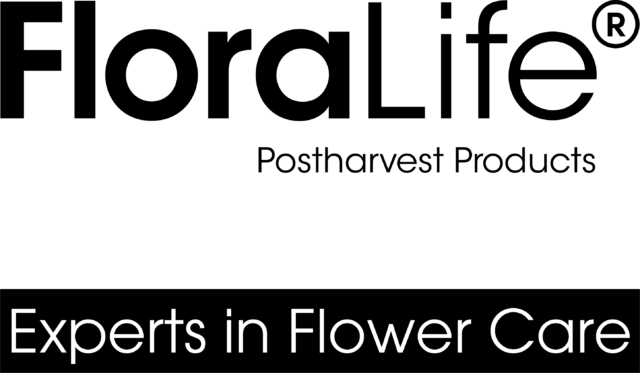Gerbera
Gerbera is a single stem flower that resembles a Daisy in shape, with a round center, surrounded by flat petals. The center can be fancy (double form, with small fluffy petals) or basic (single form, traditional type, with flat centers) with a contrasting color to the surrounding petals. Gerbera is probably the second most popular cut flower next to roses. It is available year-round in nearly every color of the rainbow in both regular and mini-Gerbera. Stems are leafless.
Family: Asteraceae
Species: Gerbera jamesonii
Origin: South Africa
Symbolizes: Gerberas symbolize innocence and purity as well as being a classic symbol of beauty.
Also Known As: Transvaal Daisy, Barberton Daisy, or Gerbera Daisy, Gerbers
Care, Handling & Design
Temperature: 34-38F (1-3C)
Humidity: 75-85%
Water: Use clean medium water quality. Gerbera responds well to chlorine. Avoid softened water.
Vase Life: 4-14 days
What to Look for When Purchasing
Choose strong stems and flowers free of disease, check for mechanical damage, dehydration and signs of botrytis. Avoid Gerberas with heavy pollinated centers.
Foam Info
Susceptible to stem burn in low quality floral foams. Performs best in OASIS® Maxlife Floral Foam.
Design Tips
Gerberas make excellent focal flowers. Stand alone or mixed with other flowers Gerberas are available in a wide variety of colors making them versatile for any project. Gerbera is the perfect eye-stopping focal flower. Just three stems in a vase has high impact!
Ethylene Sensitivity
Low
Pest & Disease Information
Sensitive to botrytis. Use anti-Pathogen Transport Paper sheets during shipping and storage. Remove the protective nets prior to processing. Can also be infected by Itersonilia.
Troubleshooting
Remove nets prior to processing. Gerberas are unaffected by exposure to ethylene. Gerbera petals bruise easily and need to be handled gently. Avoid handling the flower by the head. To avoid crooked or bending stems, hydrate in a tall container filled with flower food solution with the flower heads supported. Gerbera is susceptible to stem blockage. Re-cutting the stem ends and changing the flower food solution every 1 to 2 days is recommended. For bent neck use flower food or chlorine based solution to keep stems free flowing. Gerberas are sensitive to fluoridated water. Symptoms show as brown spotting, especially at the ends of the petals. Leave green tube on to offer additional support.
Product Usage
For optimal care of Gerbera, please reference the chart of products below. Make sure to select your region to see which products are available.
